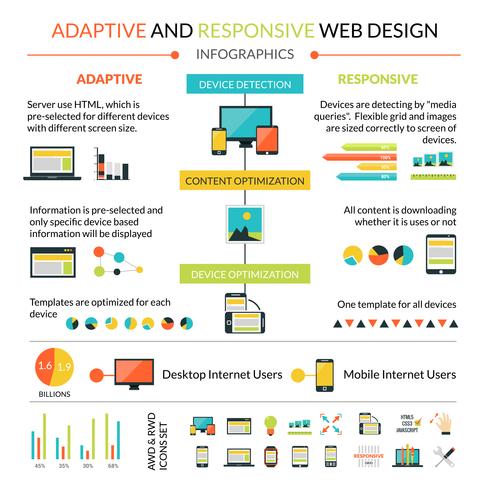Intrigued In Discovering Exactly How Web Site Layout Has Evolved For Many Years? Explore The Journey From Straightforward Layouts To User-Centered Techniques
Intrigued In Discovering Exactly How Web Site Layout Has Evolved For Many Years? Explore The Journey From Straightforward Layouts To User-Centered Techniques
Blog Article
Written By-Thorsen Lunde
In the past, websites were easy and concentrated on info. Navigation was direct, and design was for desktop computers. Now, individual experience is vital. Information guides layouts for very easy navigation. Responsive designs match different tools. linked web page , dark setting minimizes pressure, and minimal menus enhance navigation. Interactive features engage users, and strong visuals stand apart. AI combination improves interaction. See how layout has advanced to boost your on the internet trip.
Very Early Days of Web Design
In the very early days of website design, simplicity reigned supreme. Internet sites were fundamental, with restricted colors, fonts, and layouts. The focus was on providing info as opposed to flashy visuals. web development online accessed the web through sluggish dial-up links, so speed and functionality were crucial.
Navigating please click the next webpage were straightforward, normally located at the top or side of the page. Web sites were designed for desktop, as mobile browsing had not been yet common. Web content was king, and designers focused on easy readability over complex layout elements.
HTML was the key coding language used, and developers needed to work within its restrictions. Animations and interactive attributes were minimal compared to today's standards. Websites were static, with little dynamic material or personalized individual experiences.
Rise of User-Focused Layout
With the evolution of site design, a shift in the direction of user-focused style principles has become significantly famous. Today, producing websites that focus on individual experience is critical for engaging visitors and accomplishing organization goals. User-focused style involves understanding the demands, preferences, and actions of your target audience to customize the web site's format, material, and includes appropriately.
Designers now carry out detailed research, such as customer studies and use testing, to gather understandings and comments directly from customers. This data-driven approach helps in developing intuitive navigating, clear calls-to-action, and visually attractive interfaces that resonate with site visitors. By positioning the user at the facility of the style procedure, internet sites can provide an extra individualized and enjoyable experience.
Responsive layout has also become an essential element of user-focused design, guaranteeing that web sites are enhanced for numerous tools and display sizes. This versatility boosts access and use, catering to the varied methods users interact with websites today. Essentially, the rise of user-focused style signifies a shift in the direction of developing digital experiences that prioritize the demands and assumptions of the end user.
Modern Trends in Website Design
Discover the most recent fads forming web design today. One popular pattern is dark setting layout, using a sleek and contemporary look while minimizing eye pressure in low-light settings. Another key fad is minimal navigation, simplifying menus and boosting user experience by focusing on essential elements. Incorporating micro-interactions, such as computer animated buttons or scrolling effects, can develop a much more interesting and interactive website. Responsive layout continues to be crucial, guaranteeing smooth individual experiences throughout numerous devices. Furthermore, using strong typography and asymmetrical formats can add visual interest and draw attention to particular web content.
Integrating AI technology, like chatbots for customer support or tailored suggestions, improves customer engagement and enhances procedures. Ease of access has additionally end up being a significant trend, with developers focusing on comprehensive design methods to cater to varied customer requirements. Embracing sustainability by enhancing web site efficiency for speed and performance is an additional emerging trend in web design. Collaborating with user responses and data analytics to repeat and improve design continually is important for staying appropriate in the ever-evolving electronic landscape. By embracing these modern-day patterns, you can create an aesthetically enticing, easy to use web site that reverberates with your target market.
Final thought
As you assess the advancement of site layout from the very early days to now, you can see exactly how user-focused layout has ended up being the driving force behind modern patterns.
Welcome the trip of adjustment and adjustment in website design, constantly maintaining the individual experience at the leading edge.
Keep existing with the most up to date trends and innovations, and never quit evolving your strategy to produce aesthetically sensational and user-friendly internet sites.
Develop, adjust, and develop - the future of web design is in your hands.
